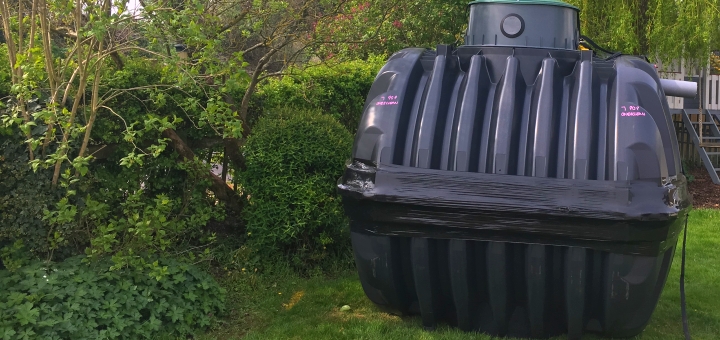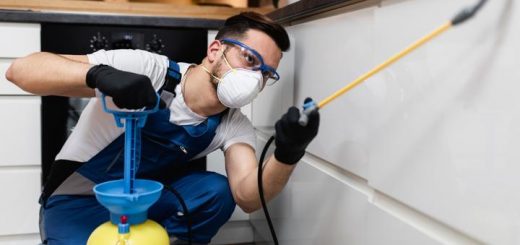Upcoming changes to the laws concerning septic tanks

From 1 January 2020, it will become illegal for owners of septic tanks to discharge their wastewater into surface water.
Surface water refers to rivers, streams, ditches and canals. If you look to sell your property before this date, the law becomes immediately applicable. The septic tank will need to be replaced with a sewage treatment plant (STP) or the discharge moved to a drainage field. This will stop thousands of households pumping their untreated waste into our waterways.
How do septic tanks work?
Septic tanks do not treat the effluent going into them; they separate out the solids, if maintained correctly, with the residual effluent pumped out of the tank.
A septic tank system uses a drainage field to treat the effluent. Again, if the drainage field is not installed correctly – and many are not – then the treatment will not take place, but that is another story.
So, currently we essentially have thousands of homes pumping near raw sewage into our waterways. Being in the drainage industry it always makes me cringe a little when I see tourists splashing in the brooks and rivers of the New Forest. These days I do not swim in the Avon, as I regularly used to as a child. So, personally I think this rule change, while likely to be costly for some, will benefit us all.
What is an STP?
A sewage treatment plant is different to a septic tank as it treats the sewage internally. Although effluent quality does vary on a tank-by-tank basis, the quality of the discharge can be near that of water.
Where conditions allow for its installation, we recommend the Graf One2Clean tank, because of its environmental credentials. It absolutely smashes the minimum accepted effluent quality levels with a claimed effluent quality of 99% water. But, let’s be honest – any STP, if correctly installed, beats having near raw effluent pumped into our waterways.
Keeping your system in shape
That brings me onto installation and maintenance. Many septic tank owners rarely touch their systems; maybe getting it emptied when it backs up, but nothing much else.
Septic tanks are very simple; they don’t do much, so it was okay for the local farmer or have-a-go builder to install one. It probably didn’t work that well, but it did work.
In contrast, an STP needs to be installed and set up properly to get a legally acceptable effluent quality. Regulation is getting tougher and tougher, as it should, putting more onus on the owners to ensure that they and their tanks are legally compliant. This is increasingly becoming an issue for those looking to sell their homes, as solicitors are asking for full septic surveys and evidence of servicing.
Need advice?
While I have tried to be as impartial as possible, I genuinely am a keen environmentalist, but I also run an STP installation company, Homeseptic.
For a limited time, we are offering free visits for those who are unsure about the system they have or a free no-obligation quote for anyone that needs to change their system. Also please feel free to call on 0800 310 1092 if you just want some advice or more information, or email on contact@homeseptic.co.uk. We also have loads of information and videos on our site at https://homeseptic.co.uk/.






